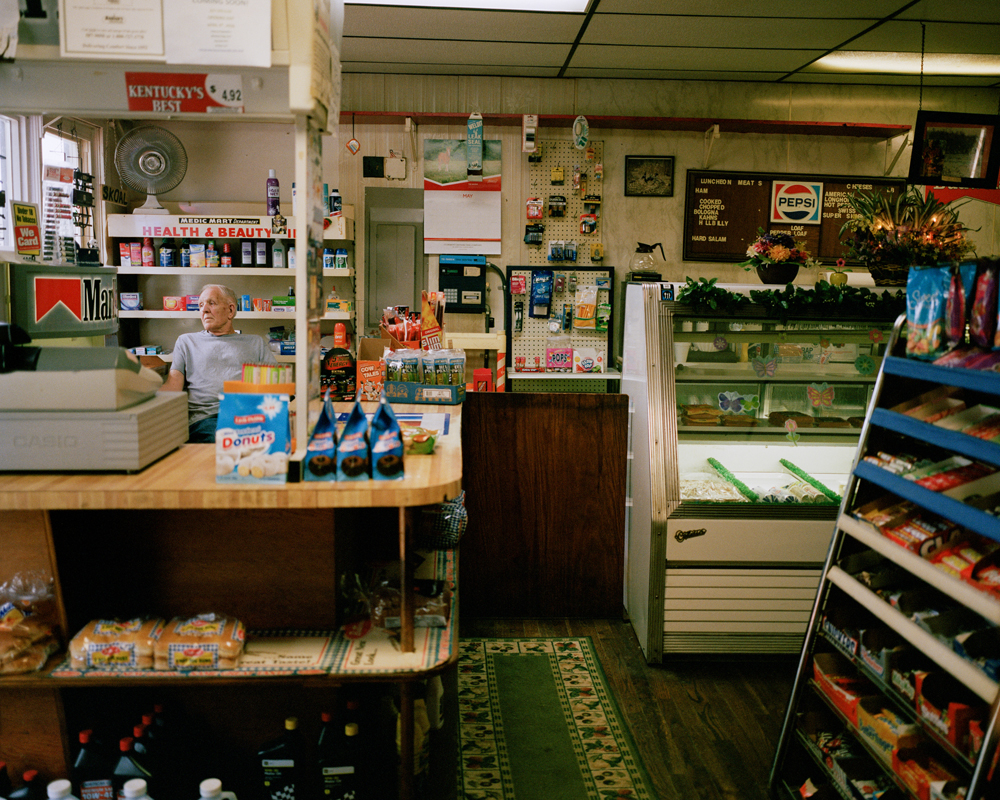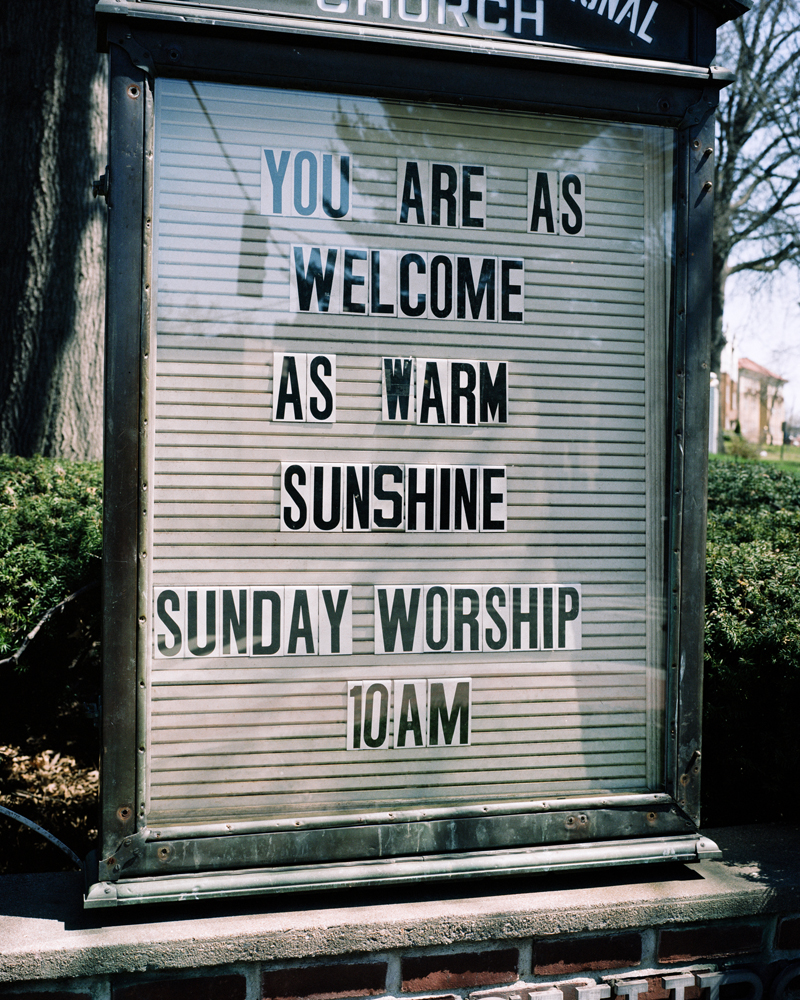The Travel Diary: What remains of America's fading utopias?
- Text by Michael Segalov
- Photography by Marta Giaccone

The United States: The Land of Opportunity. For centuries, people around the globe looked to America as a place of possibility, the new frontier for following dreams and searching for salvation and success. Nothing encapsulates this idea more than utopian communities set up in the U.S. in the 19th century.
Many back then believed these settlements, often under the leadership of charismatic, religious leaders, would bring with them a new dawn for human thinking and civilisation. Philosophers, theologists, social thinkers, industrialists, and others too took the helm of these communities, testing out new models of governance, finance, marriage and living.


Most have now gone, leaving little trace, but 28-year-old documentary Marta Giaccone, an Italian national found herself fascinated by these relics of a bygone era when she discovered that they’d once existed. Her latest project – “Systems of Harmony” – is a personal portrait of America in 2016.
This summer she travelled across the United States on buses, capturing what life looks like today in these once utopian communities. “I was curious to see what these places look like now – they have turned into quite anonymous, ordinary small suburban towns,” she says now, having completed her first visit, although she’s determined to return.





While on the road, Marta immersed herself in Thomas More’s 1516 classic “Utopia”, a narrative depicting a fictional island society and its religious, social and political customs. What follows is an extract that stands out to her the most:
“The priests take to their wives the chiefest women in all their country. For to no office among the Utopians is more honour and pre-eminence given. Insomuch that if they commit any offence they be under no common judgement, but be left only to God and themselves. For they think it not lawful to touch him with man’s hand, be he never so vicious, which after so singular a sort was dedicate and consecrate to God as a holy offering.”
















You might like

Remembering New York’s ’90s gay scene via its vibrant nightclub flyers
Getting In — After coming out in his 20s, David Kennerley became a fixture on the city’s queer scene, while pocketing invites that he picked up along the way. His latest book dives into his rich archive.
Written by: Miss Rosen

On Alexander Skarsgård’s trousers, The Rehearsal, and the importance of weirdos
Freaks and Finances — In the May edition of our monthly culture newsletter, columnist Emma Garland reflects on the Swedish actor’s Cannes look, Nathan Fielder’s wild ambition, and Jafaican.
Written by: Emma Garland

Why Katy Perry’s space flight was one giant flop for mankind
Galactic girlbossing — In a widely-panned, 11-minute trip to the edge of the earth’s atmosphere, the ‘Women’s World’ singer joined an all-female space crew in an expensive vanity advert for Jeff Bezos’ Blue Origin. Newsletter columnist Emma Garland explains its apocalypse indicating signs.
Written by: Emma Garland

Katie Goh: “I want people to engage with the politics of oranges”
Foreign Fruit — In her new book, the Edinburgh-based writer traces her personal history through the citrus fruit’s global spread, from a village in China to Californian groves. Angela Hui caught up with her to find out more.
Written by: Angela Hui

Meet the hair-raised radicals of Berlin’s noise punk scene
Powertool — In his new zine, George Nebieridze captures moments of loud rage and quiet intimacy of the German capital’s bands, while exploring the intersections between music, community and anti-establishment politics.
Written by: Miss Rosen

We are all Mia Khalifa
How humour, therapy and community help Huck's latest cover star control her narrative.
Written by: Alya Mooro